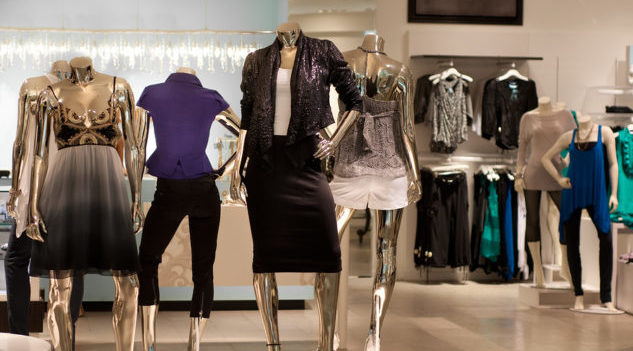Sustainable fashion is no longer just a “nice to have”, it’s an urgent need that the fashion industry must address. We all wear clothes, most of us try to keep up with the latest trends, but we also care about the environment and want to reduce our impact. Fortunately, there’s a way we can achieve all these things: by using AI.
At its heart, AI is all about data. By leveraging the power of AI-powered data analytics tools, fashion brands can gain a deeper understanding of their customers’ preferences and behaviours. This can help them design clothing that aligns with their customers’ distinctive values and interests.
Using AI can also improve production processes and reduce overproduction. By using data to predict demand on styles and adjust production accordingly, brands can minimise overproduction and unsold stock. Using AI to analyse sell-through data and place increased orders for popular items will reduce waste sent to landfills and boost profits.
At Threadicated, we’ve used AI to offer personalised styling at scale and reduce waste. By leveraging data, our AI assist our stylist in the styling process, by matching clients with products that suit their individual style, fit, shape, and budget. Because of this we’ve been able to create a circular economy with our suppliers only ordering the pieces that are needed, reducing waste, returns, and making shopping more enjoyable for clients.
But AI isn’t just about reducing waste and improving efficiency; it’s also being used to improve ethical practices and reduce the environmental impact of the fashion industry. By tracking every stage of the production process, from sourcing raw materials to manufacturing and shipping the final product, AI can increase transparency and promote fair labour practices.
With AI-powered tools, brands can monitor working conditions from afar and reduce the risk of exploitation. Worker’s data can be cross-referenced with industry benchmarks and legal requirements to flag any instances of potential exploitation or non-compliance.
Of course, AI is not a magic bullet, and there’s still much work to be done to create a more sustainable fashion industry. However, by providing more accurate data and insights into supply chain operations, reducing waste, and improving the efficiency of production processes, AI can certainly help us get there.
Whether you’re a fashion brand looking to reduce your environmental impact, increase your revenue or a consumer who wants to make more conscious purchasing decisions, AI has a role to play. With AI-powered tools, we can create a more ethical and eco-friendly fashion industry that benefits everyone.










